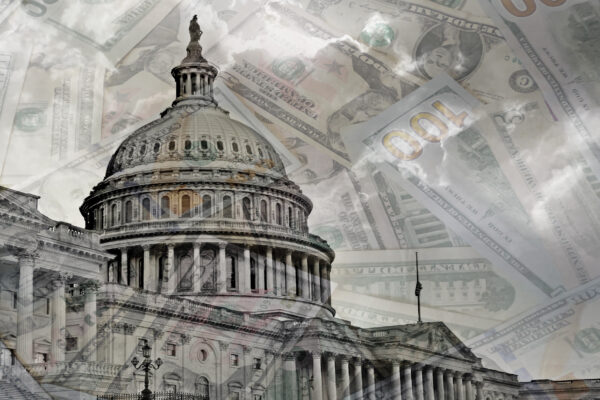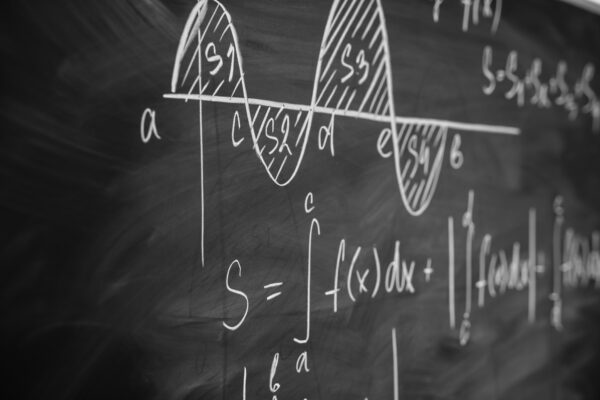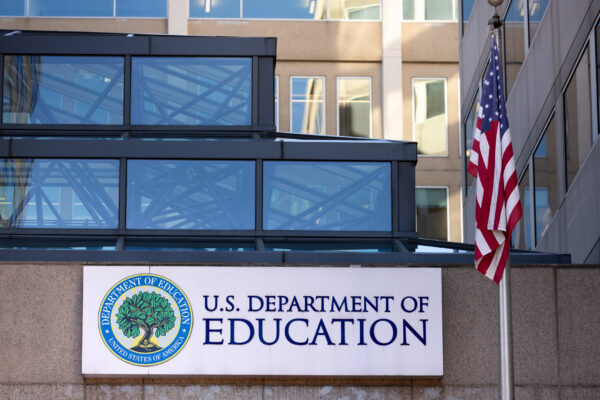The results from the 2022 PISA tests, released last month, showed that while US scores generally held steady from 2018 in reading and science literacy, the US score in math literacy dropped 13 points. In 2018, students scored a 478 on the math literacy test; in 2022, that score fell to 465. The highest scoring country, Singapore, scored 110 points higher than the US, earning a 575.
In terms of how the US’ performance compares to that of the rest of the world, the US now ranks 34th for math, 16th in science, and 9th in reading (Note: for our rankings, we use all the countries who participated, not just the OECD countries.)
Trends in the shares reaching different achievement levels reflect the struggle with math. The shares of those in the top and bottom achievement levels generally held steady for science and reading literacy. In math however, the share at the bottom achievement level rose to 34%.

However, it is also clear that the US has been struggling with math for some time. In both 2018 and 2022, the US scored below the OECD average, and in 2018, over a quarter of students scored in the bottom achievement levels for math. Clearly, the time is right for a renewed focus on math achievement and innovation in the way we teach it.






